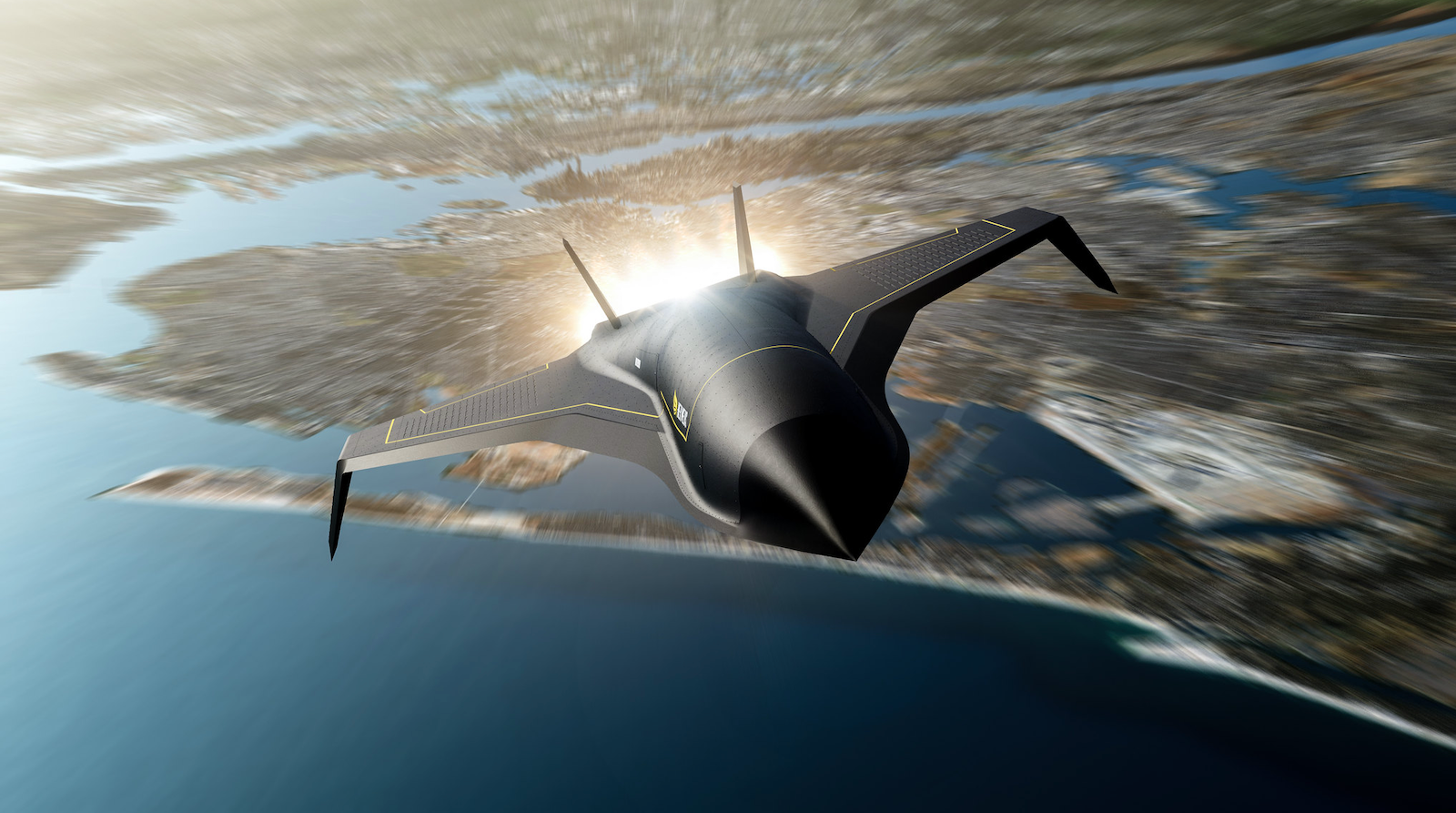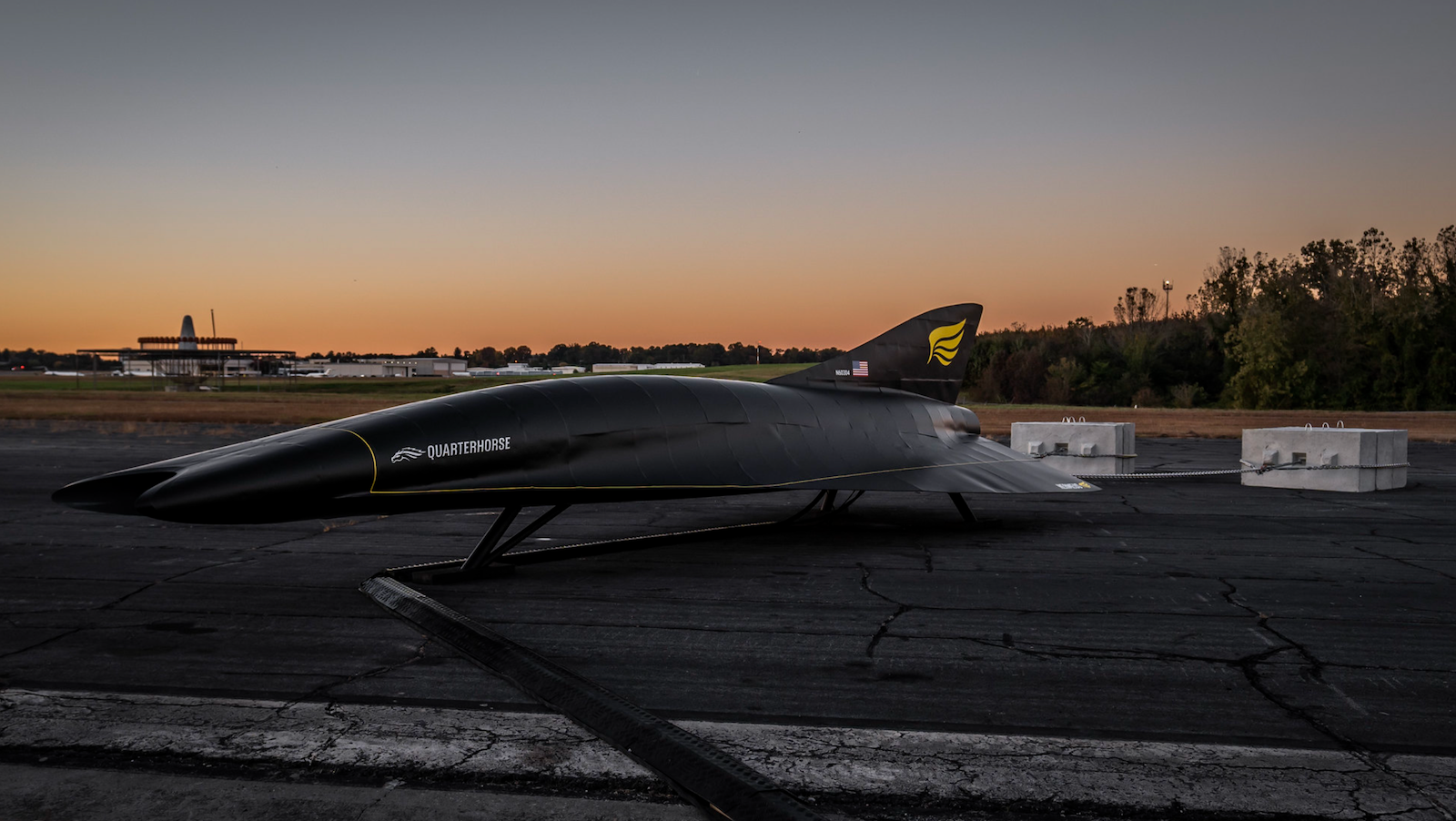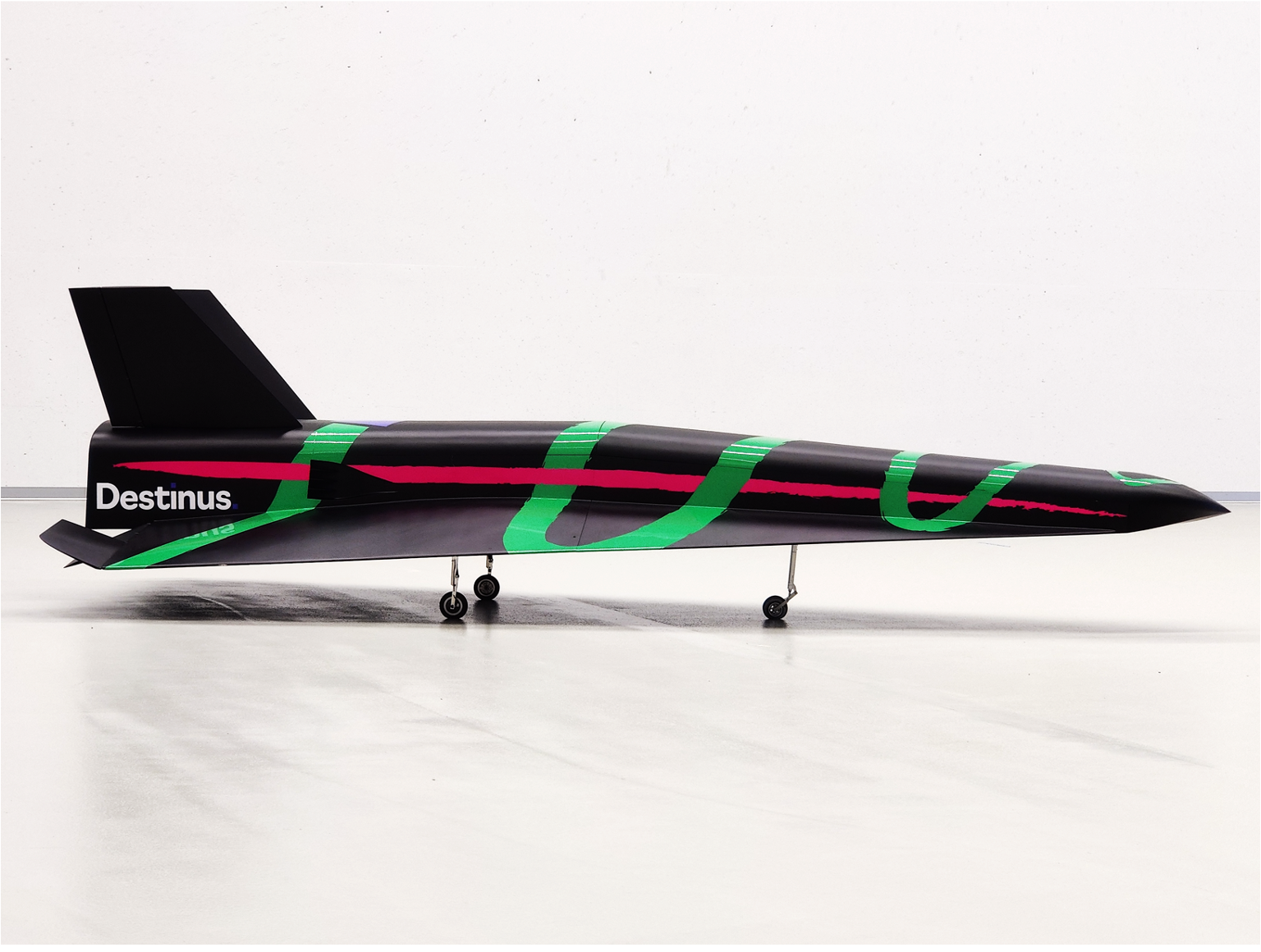Fresh investment brings the hypersonic flight dream closer to reality
If you like the idea of a supersonic flight staging a comeback, we’ve got news for you: some entrepreneurs and investors are already preparing to leapfrog to this stage and disrupt air travel in radical ways.
Is hypersonic flight, which is when you fly past Mach 5 or more than five times the speed of sound, the next technological frontier in commercial aviation?
This has been done before: NASA’s X-43, an unmanned experimental flying craft, reached Mach 9.6 in 2004, and back in 1967, the North American X‑15A‑2 reached Mach 6.7, setting a record for a manned jet aircraft that stands to this day.
For more TPG news delivered each morning to your inbox, sign up for our daily newsletter.
In recent times, the field of hypersonics has also received quite a lot of attention from the military, to the point that it has become the latest arena for competitive power.
While the U.S., China and Russia are vying to develop their own hypersonic missiles and related countermeasures, startups in America and Europe are pursuing civilian applications for this disruptive technology.
What if you could travel across the Atlantic in under 90 minutes? It may sound far-fetched, but some high-caliber investors are ready to back this idea with real dollars, and plenty of them.
On March 10, Atlanta-based Hermeus announced that it had closed a $100 million Series B round of investing to continue its development of a hypersonic civilian aircraft.

Among those participating in this funding round are Silicon Valley insider Sam Altman, Peter Thiel’s Founders Fund and In-Q-Tel, a technology venture capital firm said to be linked to the U.S. intelligence community. NASA is also on board as a technology partner.
“The science of hypersonics is well established, the difficulty lies in coming up with a clean sheet design in which all the different elements work in unison,” said Skyler Shuford, co-founder and COO of Hermeus, before sharing his view about why traditional aerospace companies have not invested more heavily in this space.
“They face a bit of an innovator’s dilemma. If they were investing in radically disruptive technologies they would be jeopardizing their own established business,” he said.
Hermeus has opted to fit its first prototype, called Quarterhorse, with what they call a turbine-based combined cycle (TBCC) engine. This is built around a proven jet engine, the GE J85. This conventional power plant, which has long been fitted in fighter aircraft such as the Northrop F-5 Tiger II, will then be combined with a ramjet.

Related: This startup is building the world’s next supersonic jet
Ramjets are a special type of engine that pushes air through a very simplified shaft-like internal structure devoid of moving parts or any air compressing mechanism. Ramjets can’t be started from a static starting point, but are capable of producing very high speeds the moment they achieve a certain degree of forward motion.
In this regard, Hermeus envisions the take-off and landing stages of the flight to be just like those of a conventional jet. It is only when the aircraft has reached the cruise stage over the ocean, that the ramjet will kick-in and deliver its hypersonic magic.
There are no public figures yet about the sort of costs such travel modality will involve, and even less about the expected pricing or revenue expectations.
With some 20 passengers per jet and current regulations making it all but impossible to break the sound barrier while flying over land, only a handful of suitable markets remain. Fortunately for the concept’s proponents, these include some of the richest air travel markets in the world, such as London to New York.
While it is safe to say that passengers may be willing to pay extra for the privilege of slashing travel times significantly, Hermeus’ founders highlight that they expect prices to be in the same ballpark as those on conventional business class.
In any case, and regardless of its future commercial potential, there is another type of client that has also shown interest in the technology being developed by Hermeus: the US Air Force, which is evaluating several possible applications that include presidential transport.
Express delivery
Hermeus is not the only startup working on hypersonic commercial applications.
Destinus, a Swiss-based startup, the brainchild of Mikhail Kokorich, a Russian physicist and serial entrepreneur, is developing a pilot-less aircraft capable of reaching an astounding speed of up to Mach 15.

At this speed, a trip from Frankfurt to Seoul, for example, takes just about 1 hour and 15 minutes, and Australia can be reached from Europe in under 2 hours!
Destinus aims to do so by flying up to the Mesosphere, one of the highest layers of the atmosphere, located at an altitude between 30 and 50 miles. The aircraft would take off conventionally, then fly through the low gravitation environment of the Mesosphere during the cruise phase of the flight and then glide down to its final destination for a conventional landing.
The initial focus of Destinus is the express delivery of highly valuable cargo. The prospect of capturing a slice of the $60 billion global express shipments market has been enough for the startup to have recently closed a fresh $29 million in investments from a number of venture funds and other private investors. If successful, the passenger market may be next.
Does it sound far-fetched?
In November 2021, a few months after its launch, Destinus flight-tested its first 1-ton subsonic prototype near Munich.
The company plans to scale it up progressively: it wants to fly a 10-ton vehicle in the 2027-28 time frame and a 100-ton one in 2029-30. What’s more, they plan to use liquid hydrogen, an experimental fuel, to do so with zero emissions.
Bottom line
Many more billions in investment and years of certification processes will likely be needed to make commercial hypersonic flight a reality, but with the wheels of innovation already in motion, it may be just a matter of time before distances shrink in ways that are pretty much unheard of outside the realm of science-fiction.
Featured photo courtesy of Hermeus.